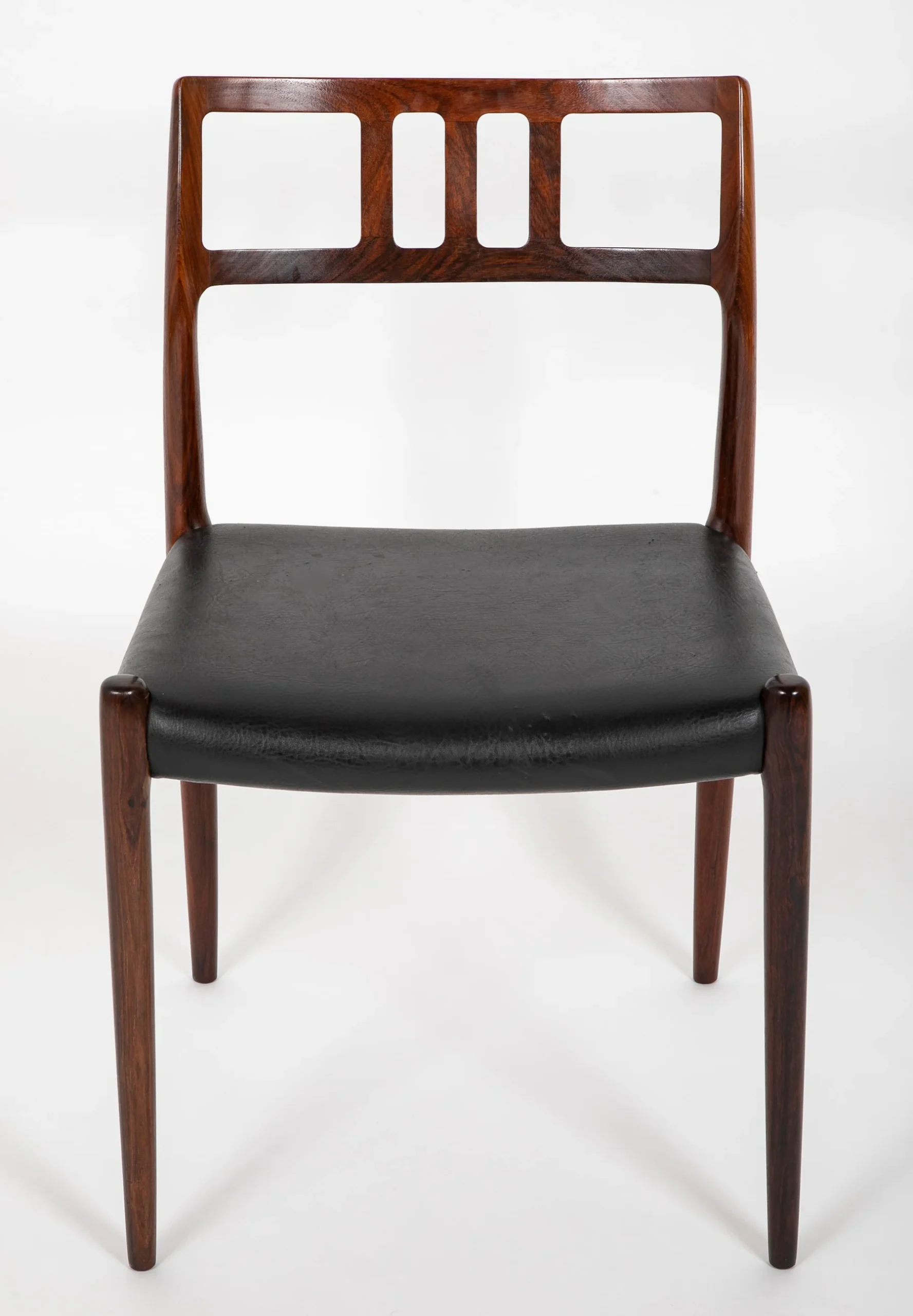
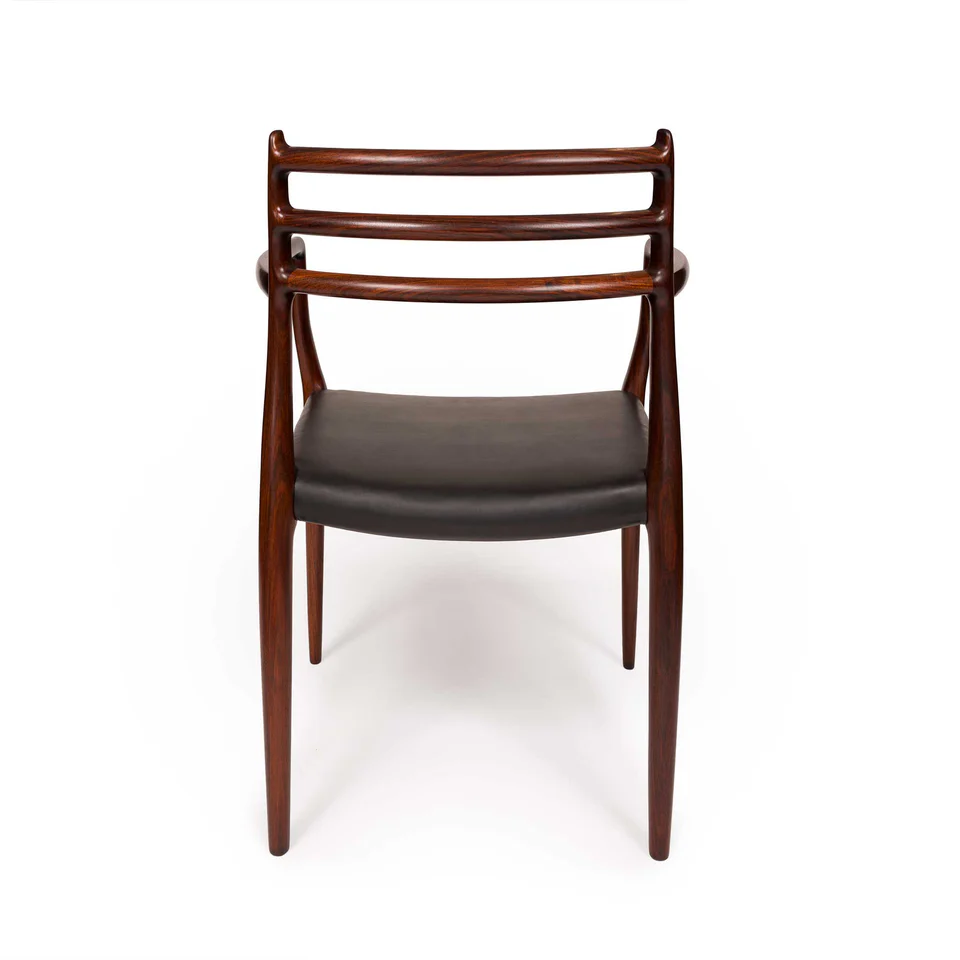
Who was Niels Moller?
Early Life and Training
Niels Otto Möller was born in 1920 in Aarhus, Denmark. The son of a shoe manufacturer, Möller developed an appreciation for craftsmanship and materials from an early age. As a young man, he trained as a cabinetmaker before studying at the prestigious Danish School of Arts and Crafts in Copenhagen.
After completing his education in 1944, Möller returned to Aarhus and opened his own workshop and design studio. There he began experimenting with chair designs, honing the distinctive style that would make him a celebrated name in Danish furniture.
Organic Minimalism
At the heart of Möller’s design philosophy was a pursuit of organic minimalism. He sought to strip the chair down to its essential elements, removing anything extraneous until only the pure core structure remained.
Inspired by nature’s economy of form, Möller crafted his chairs from the inside out, allowing the intrinsic properties of the wood to guide his designs. He had an uncanny ability to distill a tree’s essence, to capture the effortless grace of branches and roots in his fluid lines and airy joints. There is a sense of arboreal architecture to his chairs, a symmetry and lightness that evokes the ingenious engineering of the natural world.
This organic quality permeates even Möller’s most pared-down designs, such as the elegant Model 77 chair from 1959. With its gentle curves and tapered legs, the chair has a supple, almost muscular presence, as if poised for movement. The signature crossed back, formed from two pieces of steam-bent wood, is a marvel of structural integrity achieved through a lyrical economy of means.
Crafting Archetypes
Like his contemporary Hans Wegner, Möller excelled at crafting archetypal chair forms that seem at once totally original yet instantly familiar. Many of his most famous designs, such as the Model 71 and Model 78 chairs, have a timeless quality, as if they’ve always existed in our collective design consciousness.
Möller achieved this effect through an alchemical fusion of the generic and the specific. He would start with the basic template of a chair – the platonic ideal of back, seat and legs – then subtly adapt it to the human form. Through slight tweaks of angle and proportion, he tailored each chair to support and cradle the body, creating an ergonomic sit that feels custom-made.
At the same time, Möller imbued his chairs with a distinctive personality, a hard to define yet instantly recognizable spirit. They have a quiet charisma, an unassuming yet undeniable presence that draws the eye and calls out to be touched, held, sat upon. In their perfect balance of form and function, Möller’s chairs distill the essence of what it means to sit, to pause and inhabit one’s own corporeal being.
An Obsession with Joinery
One of the hallmarks of Möller’s approach was his obsessive focus on joinery. An expert cabinetmaker, he saw the joint not merely as a means of construction but as the existential crux of a design, the point where material and structure fuse into functional poetry.
Möller was notorious for spending months perfecting a single joint, prototyping relentlessly until he achieved the ideal balance of strength, flexibility and beauty. He had an intimate understanding of wood movement and used this knowledge to create joints that were dynamic rather than static, able to expand and contract with the seasons.
His iconic Model 78 chair is a case study in this artistry of attachment. The back rail, a sinuous length of steam-bent wood, connects to the rear legs via concealed finger joints, creating a bond that is both visually seamless and exceptionally robust. This invisible architecture is what gives the chair its extraordinary lightness and agility, the sense that it is hovering rather than grounded.
For Möller, such joinery was more than a technical feat; it was a kind of moral imperative, a way of honoring the inherent properties of his materials. In lavishing such care and craftsmanship on these intersections, he was celebrating the collaborative relationship between designer, maker and the living trees that gave his work form and substance.
Sensual Minimalism
While Möller shared the functionalist ethos of many of his modernist peers, his work was distinguished by a sensual, even hedonistic quality rare in Danish design of the period. He had an intuitive feel for the tactile and textural properties of wood, and he used these to imbue his rigorously pared-down forms with a seductive warmth and softness.
This sensuality is evident in the deft sculpting of his chair seats, which often feature voluptuous dips and curves that mold receptively to the contours of the human body. It’s there in the plush yet supportive pillowing of his upholstered pieces, which beckon irresistibly to the touch. And it’s palpable in the silken sheen of his hand-rubbed finishes, which highlight the intricate figure of the grain.
Even at their most minimal, Möller’s chairs have an opulent presence, a lush materiality that transcends their sober forms. They are a feast for the senses as well as the eye, designs that invite not just use but inhabitation, communion. In this, they embody the sensual minimalism that is Möller’s unique contribution to the canon of Danish modernism.
Collaboration with J.L. Møllers Møbelfabrik
A significant part of Möller’s success can be attributed to his long-standing collaboration with J.L. Møllers Møbelfabrik, a furniture manufacturing company founded by Jens Løvig Møller. This partnership, which began in the 1950s, allowed Möller to realize his designs on a larger scale while maintaining the high standards of craftsmanship he demanded.
J.L. Møllers Møbelfabrik shared Möller’s commitment to quality and attention to detail. The company’s skilled craftsmen were able to translate Möller’s exacting specifications into production, ensuring that each chair met his rigorous standards. This collaboration was instrumental in bringing Möller’s designs to a wider audience and cementing his reputation as a master of Danish modern furniture.
Möller’s Influence on Sustainable Design
Although the term “sustainability” wasn’t widely used during Möller’s lifetime, his approach to design and production embodied many principles that are now considered central to sustainable furniture making. His emphasis on durability, timeless design, and the use of high-quality, renewable materials like responsibly sourced wood align closely with contemporary eco-friendly design practices.
Möller’s chairs were built to last, both physically and aesthetically. This longevity stands in stark contrast to the disposable furniture culture that emerged in the latter part of the 20th century. As such, Möller’s work serves as an inspiration for today’s designers seeking to create furniture that is both beautiful and environmentally responsible.
Enduring Legacy
Although he never achieved the same international fame as some of his contemporaries, Niels Möller left an indelible mark on the landscape of 20th century design. His chairs remain touchstones of the Danish modern style, as beloved for their serene beauty as for their incredible craftsmanship and comfort.
More than half a century after they first emerged from Möller’s Århus workshop, these seats continue to captivate with their quiet charisma and their graceful economy of form. In an era of frenetic change and disposable commodities, Möller’s chairs endure as talismans of a slower, more considered way of living, of being in the world. They remind us of the timeless virtues of natural materials honestly expressed, of organic form harnessed to human use.
But Möller’s legacy extends beyond the individual chairs he created. His work embodies the core values of the Danish modern movement: the elevation of craftsmanship, the integration of art and industry, the marriage of functionalist rigor with organic warmth and grace. Most of all, it stands as a testament to the enduring power of archetypal forms thoughtfully adapted to serve and delight the human body and spirit.
In an age of relentless novelty and obsolescence, Möller’s chairs offer an antidote, an anchor. They call us back to the essential, the irreducible core of what it means to design and create with integrity, to make objects that don’t just serve functions but ennoble the acts of daily living. Decade after decade, they endure not as historic artifacts but as vital, living presences, partners in the quiet poetry of embodied existence. May they continue to inspire and enchant us for generations to come.
Möller’s Impact on Contemporary Furniture Design
The influence of Niels Möller’s work continues to resonate in contemporary furniture design. Many current designers cite Möller as an inspiration, particularly in their approach to craftsmanship, material selection, and the pursuit of timeless forms. His legacy can be seen in the renewed appreciation for solid wood furniture, the emphasis on visible joinery as a design feature, and the ongoing popularity of mid-century modern aesthetics.
Moreover, Möller’s designs have inspired a new generation of furniture makers who are combining traditional craftsmanship with modern production techniques. This fusion of old and new reflects Möller’s own innovative spirit and his ability to bridge the gap between handcraft and industrial production.
Enduring Legacy
Although he never achieved the same international fame as some of his contemporaries, Niels Möller left an indelible mark on the landscape of 20th century design. His chairs remain touchstones of the Danish modern style, as beloved for their serene beauty as for their incredible craftsmanship and comfort.
More than half a century after they first emerged from Möller’s Århus workshop, these seats continue to captivate with their quiet charisma and their graceful economy of form. In an era of frenetic change and disposable commodities, Möller’s chairs endure as talismans of a slower, more considered way of living, of being in the world. They remind us of the timeless virtues of natural materials honestly expressed, of organic form harnessed to human use.
But Möller’s legacy extends beyond the individual chairs he created. His work embodies the core values of the Danish modern movement: the elevation of craftsmanship, the integration of art and industry, the marriage of functionalist rigor with organic warmth and grace. Most of all, it stands as a testament to the enduring power of archetypal forms thoughtfully adapted to serve and delight the human body and spirit.
In an age of relentless novelty and obsolescence, Möller’s chairs offer an antidote, an anchor. They call us back to the essential, the irreducible core of what it means to design and create with integrity, to make objects that don’t just serve functions but ennoble the acts of daily living. Decade after decade, they endure not as historic artifacts but as vital, living presences, partners in the quiet poetry of embodied existence. May they continue to inspire and enchant us for generations to come.
Selected Works and Timeline
1944 – Möller founds his furniture workshop in Aarhus after completing his studies at the School of Arts and Crafts in Copenhagen.
1951 – The Model 71 armchair is introduced, featuring a distinctive solid oak frame and woven paper cord seat. It will remain in production for three decades.
1959 – The Model 77 chair debuts, an instant classic with its organic curves, tapered legs and signature steam-bent backrest. It marks Möller’s first collaboration with the manufacturer J.L. Møllers.
1962 – The Model 57 side chair is released, featuring a sculptural triangular backrest and a woven cord seat. It becomes a hallmark of the Danish modern aesthetic.
1974 – Möller introduces the Model 78 chair. With its airy, all-wood construction and seamless joinery, it is a masterpiece of organic minimalism.
Late 1970s – As postmodernism begins to eclipse modernism in global design trends, Möller continues to refine his signature style and explore new expressions in upholstery and joinery.
1981 – Niels Otto Möller passes away at the age of 61, leaving behind a powerful legacy as one of Denmark’s most accomplished chair designers.
1990s-present – Möller’s chairs experience a resurgence as Danish modern design enjoys a global revival. Many of his most iconic designs are reissued and celebrated as timeless classics.
Artists and Designers

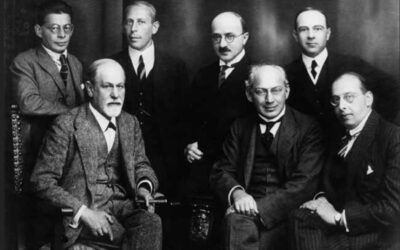

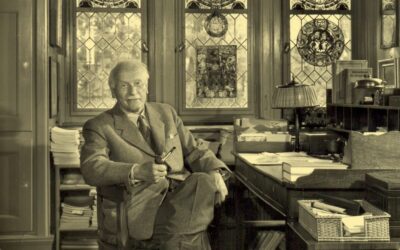







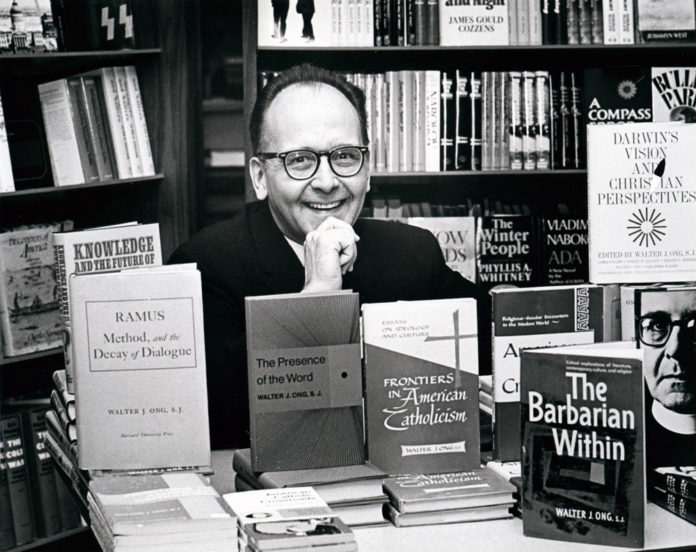


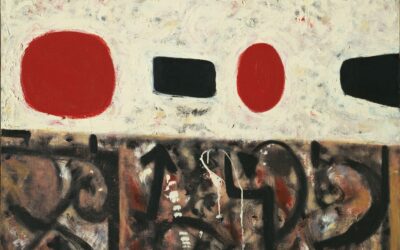
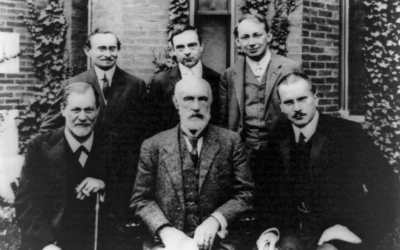
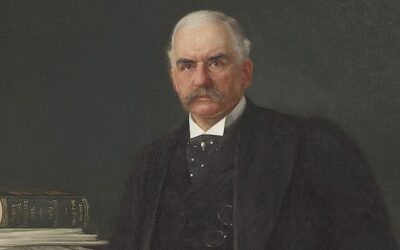
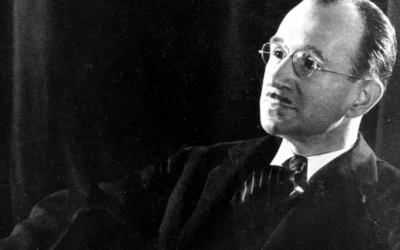
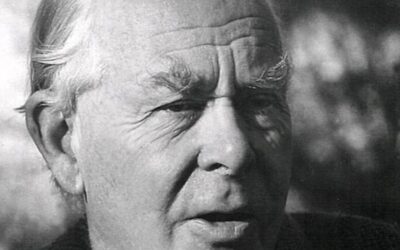




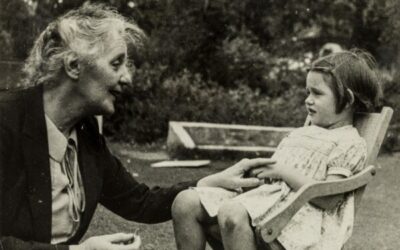
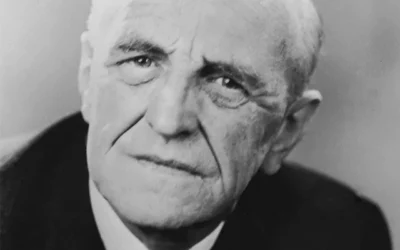
0 Comments